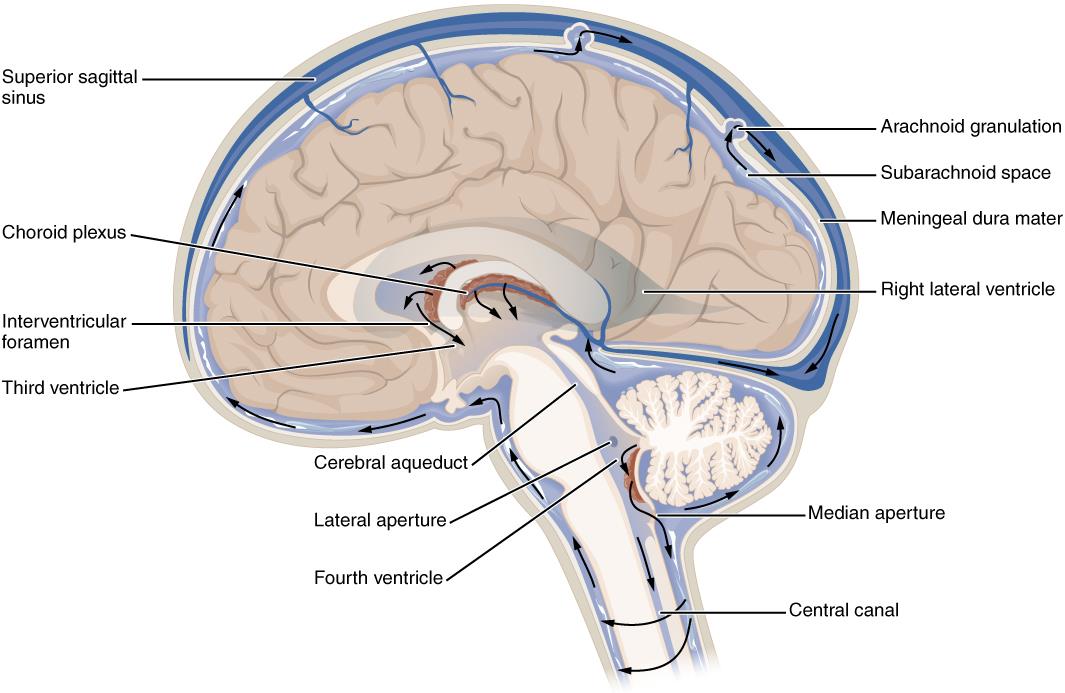Joseph R. Anticaglia MD
Medical Advisory Board
A good night’s sleep is a priceless gem. It restores, revitalizes, and energizes us. Lack of sleep impacts our memory, how we think, feel, and behave. We’re not alert, our job performance suffers, we’re often grumpy, and our behavior can be an embarrassment.
Many people have experienced being up 24 hours, followed by the necessity of working eight hours the next day. Somehow you trudge through the day, get home safely, have dinner, and go to bed early. Miraculously, so it seems, after a good night’s sleep you awake alert, and refreshed. Pundits, and researchers have struggled with the question of how sleep does its magic?
Glymphatic System The Brain’s House Cleaning System
Ten years ago, scientists at the University of Rochester (U. R.) answered the question by proposing the Glymphatic (glim-FAT-ick) System as the answer to sleep rejuvenation. Dr. Maiken Nedergaard, University of Rochester, has played a major role in the discovery of the Glymphatic System (G. S.) which is a waste management system that involves all regions of the brain. When we’re awake, waste products, and toxins accumulate in the brain. While we’re sleeping, the G. S. is busy cleansing the brain of unwanted and harmful substances. But how does the brain cleanse itself?
The researchers at the U. R. conducted experiments on mice. They injected tracer dye molecules into their cerebral spinal fluid (CSF). They noticed an inflow of CSF that filled the subarachnoid space which quickly entered the deep parts of the brain proper (see diagram below). The CSF intermingled with interstitial fluid; the fluid found in the spaces around brain cells. Next, waste substances and toxins were transported from the interstitial fluid as an outflow to the blood, and general circulation.

Three Stages of the Glymphatic System
- Inflow (influx) of cerebrospinal fluid into the brain (periarterial inflow)
- Blending of CSF fluid with the interstitial fluid
- Outflow (efflux): The glymphatic system transports waste products, and toxins out of the brain into the venous blood (perivenous outflow), and to the general circulation.
The glymphatic system is a cleansing system designed to eliminate waste chemicals, and toxins from the brain while we sleep. It utilizes CSF in passageways formed by glial cells, and interstitial fluid to remove brain trash that builds up while we’re awake.
Glial Cells
Glial cells, also called neuroglia, are not nerve cells. They’re non-neuronal proteins located next to blood vessels within the central nervous, and peripheral nervous systems. They hold the nerve cells in place. They keep the brain functioning, help neurons communicate, protect nerve cells, and assist in the transport of nutrients and waste.
There are different types of glial cells. For example, astrocytes are the most numerous type of glia cells in the brain. These star shaped cells form pathways around blood vessels (perivascular channels) promoting the movement, and interactions of CSF within the brain, and the elimination of waste materials and toxins from the brain.
Neurodegenerative Diseases
A neurodegenerative disease is one in which cells of the central nervous system stop working, or die. The accumulation of proteins in the brain is characteristic of neurodegenerative diseases according to Dr. Nedergaard. For instance, the protein amyloid beta is produced in the brain
throughout life. In Alzheimer’s disease, amyloid B accumulates in clumps in the spaces between the cells.
It’s thought that the buildup of amyloid around the nerve cells, kills the neurons leading to memory loss, and dementia. Other examples of the buildup of proteins in neurodegenerative diseases are Lewy bodies in Parkinson’s and protein aggregates in ALS, amyotrophic lateral sclerosis.
Scientists are researching how to manipulate the glymphatic system to identify, isolate, and safely remove harmful deposits from the brain to rejuvenate its vitality. Such a discovery would have a huge beneficial impact on millions of people with neurodegenerative, and other diseases. In the meantime, we all can work to do our best to get a good night’s sleep.
References
- Joseph R. Anticaglia, MD; Seven (7) Tips for a Good Night’s Sleep: How to Improve Your “Sleep Lifestyle”; Doctor’s Column HC Smart; June 25, 2022
- Nadia A. Hessen, et al; The Glymphatic System — A Beginner’s Guide Neurochemical Res.; Dec. 2015
- Lucas P Carlstrom et al; A clinical primer for the glymphatic system; Brain, April 29, 2022
- Maiken Nedergaard The Glymphatic System; Physiology Society, September 27, 2018
- Maiken Nedergaard; the Glymphatic System; The Physiology Society, September 27, 2018; Video
- Olivia Guy-Evans, Glial Cells Types and Functions; Simply Psychology, July 08, 2021
- Andy R. Eugene, and Jolanta Masiak; The Neuroprotective Aspects of Sleep; MEDtube Sci. Mar 3, 2015
Glossary
Cerebral Spinal Fluid (CSF) is produced by the choroid plexus deep within the lateral, the third, and fourth ventricular cavities of the brain.
Aquaporin-4 (AQP-4) facilitates water, and waste movements through the cell membrane.
Glymphatic system resembles the lymphatic system with the input of glial cells. Hence, the term glymphatic — glia + lymphatic.
Lewy bodies — abnormal deposits of the protein alpha-synuclein in the brain found in Parkinson Disease.
This article is intended solely as a learning experience. Please consult your physician for diagnostic and treatment options.

